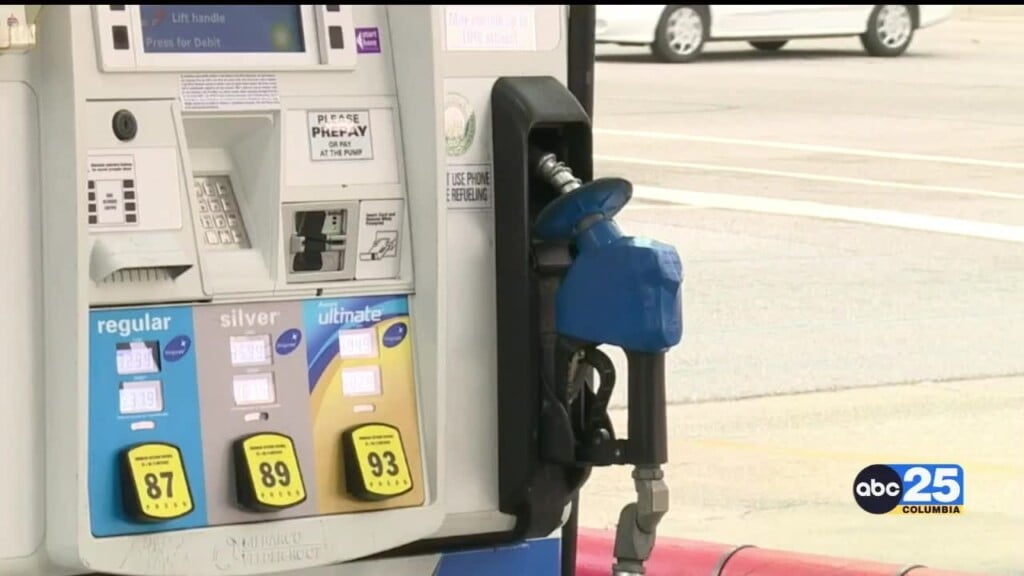McMaster extends Abandoned Building Tax Credit for 10 years
WEST COLUMBIA, SC (WOLO) — Governor Henry McMaster held a ceremonial signing today at Savage Craft Ale Works in West Columbia — extending the Abandoned Building Tax Credit Bill for another 10 years.
“You don’t find many buildings that are constructed like that, I mean you just can’t find ’em. You can’t find timbers that big. You don’t find, that’s uh.. 2 or 3 bricks thick, that wall over there, this one looks like it’s the same thing,” says McMaster.
Senator Tom Davis says the bill is the only one of its kind in the U.S. — giving a substantial 25% tax credit to local business owners who refurbish and restore abandoned and unused buildings.
“But it was due to sunset after next year, and because of that you had a lot of developers that were not willing to begin projects because they did not know if it was going to be in place at the time they tried to claim the credits, and so by laying down a marker and extending it for ten years, we have sent a signal to the investment community that this is something South Carolina stands behind,” Davis says.
The buildings at the Savage Craft Center Street location in West Columbia were once a fire station, Army hall, and jail house — and were restored to become the thriving taproom visitors see today.
“I was definitely drawn to the history of the buildings. They were just really architecturally interesting. I thought being the firehouse, jail, and military hall, is very personal for me coming from the military side, but I thought the character and the bones would just be really interesting,” says Army Veteran and Savage Craft Owner Andrew Baumgartner.
And without the tax credit, which he was able to apply to the cost of each of the three structures, Baumgartner believes Savage Craft would have not been possible.
“New construction is generally cheaper than redevelopment, so I would say one thing you’re not gonna get is a bunch of savings, especially if you’re going to restore in the confines of what the state and historic preservation office as well as what the national park service require for historical rehabilitations, so your costs go up, and that’s one of the reasons they have the tax credits in place, its essentially what makes it viable to save the buildings,” he says.
Since its inception, the tax credit has been used by owners in all 46 counties across the state.


